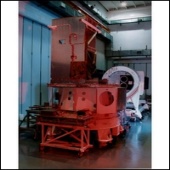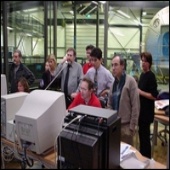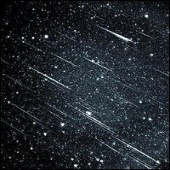ESA Science & Technology - News Archive
News archive
News archive
Published: 25 November 1999
Published: 25 November 1999
Published: 23 November 1999
Published: 23 November 1999
Published: 23 November 1999
Published: 23 November 1999
Published: 22 November 1999
Published: 22 November 1999
Published: 17 November 1999
Published: 16 November 1999
Published: 15 November 1999
Published: 14 November 1999
Published: 11 November 1999
Published: 10 November 1999
Published: 10 November 1999
Published: 10 November 1999
Published: 9 November 1999
Published: 9 November 1999
Published: 9 November 1999
Published: 8 November 1999
—
20 Items per Page




















